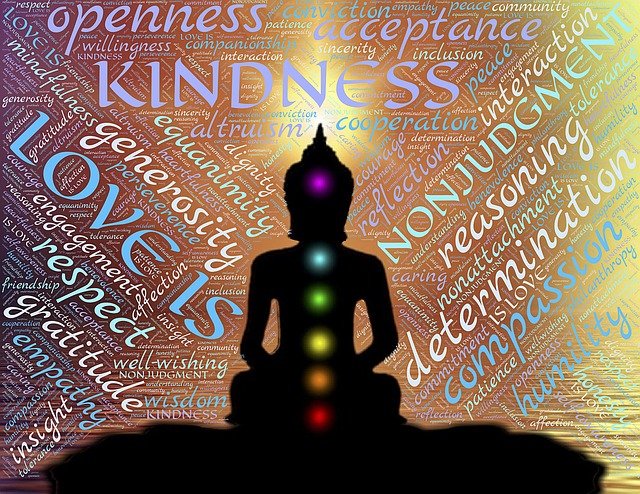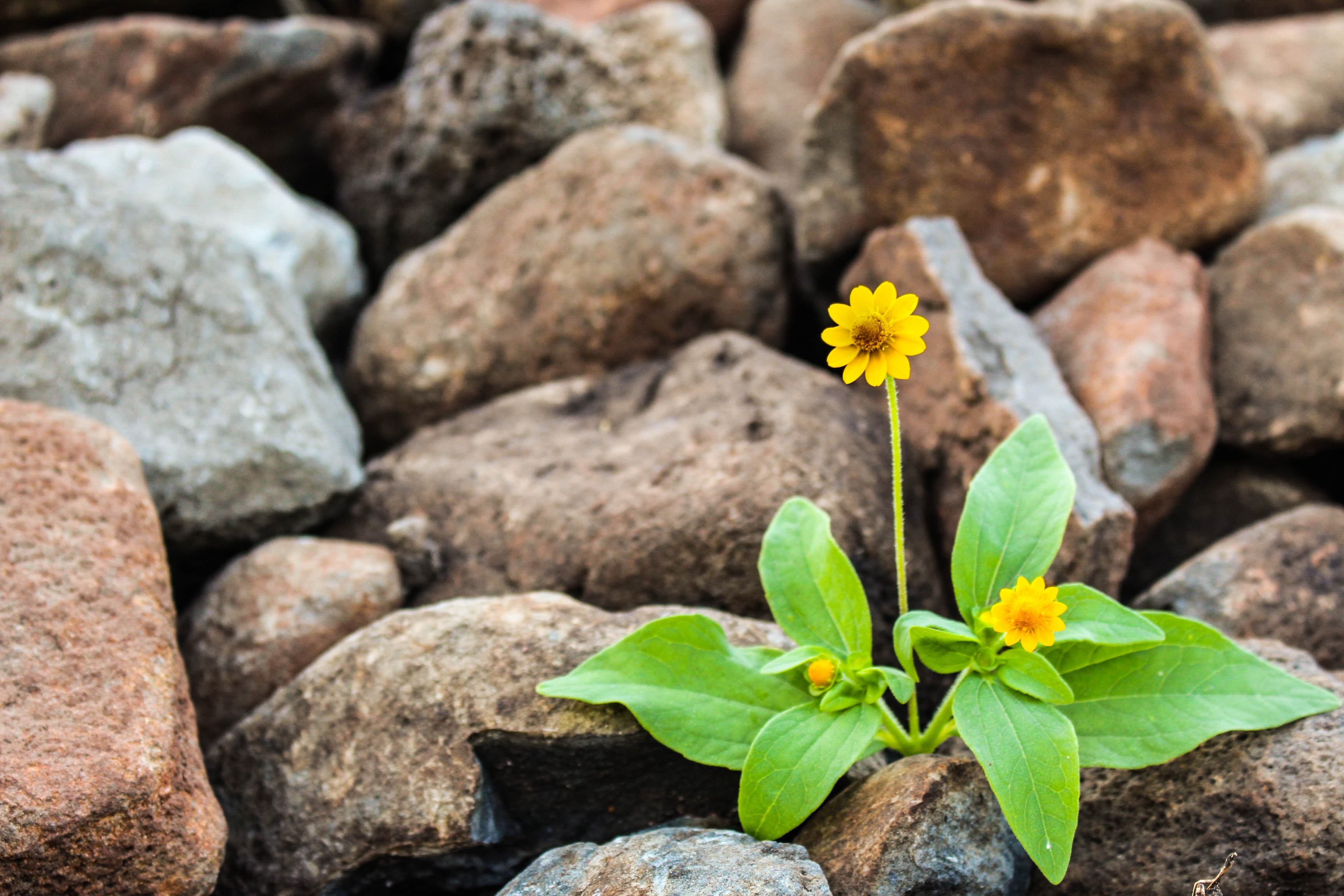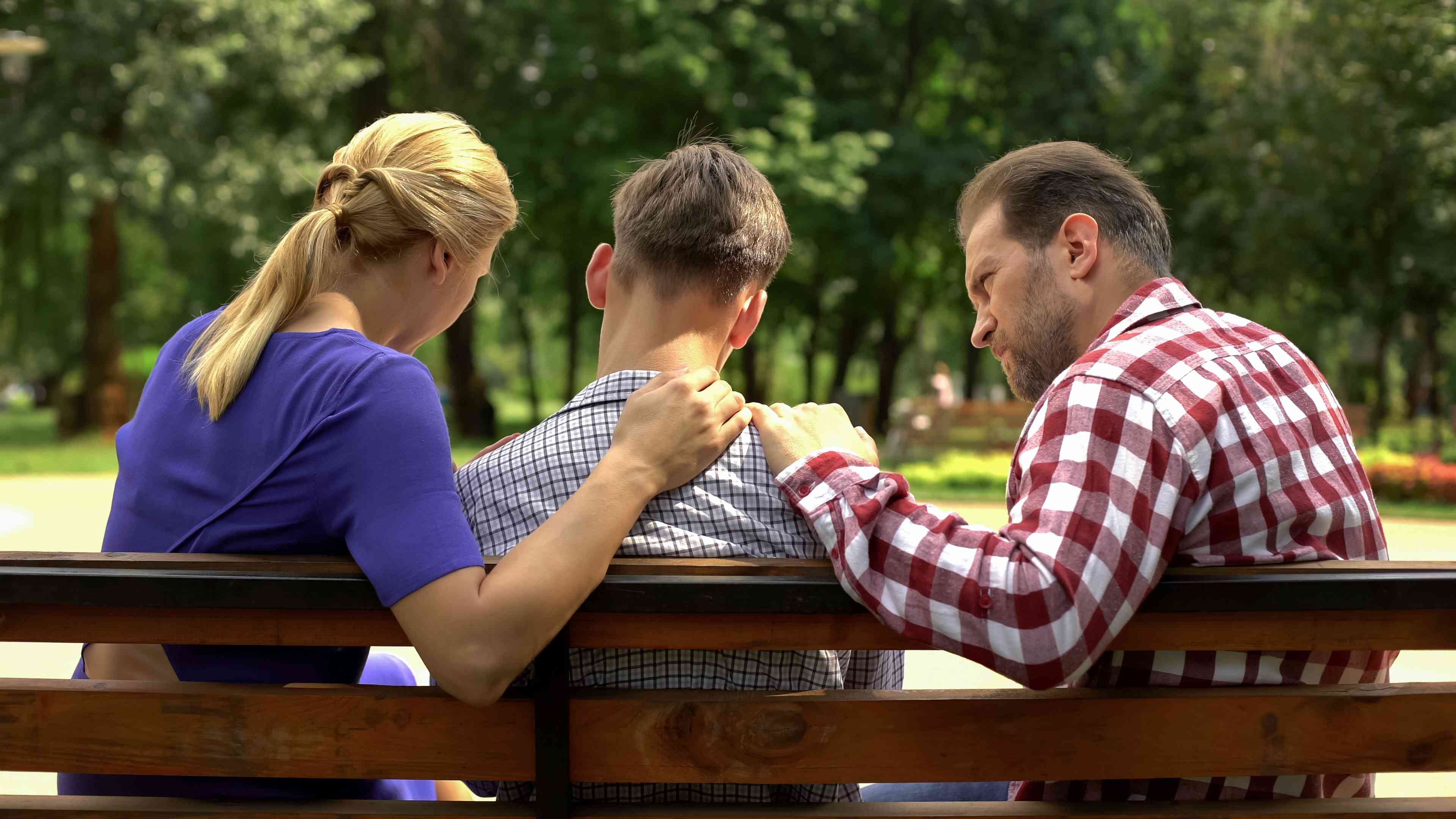Japanese Methods of Quiet Therapy: Self-Reflection, Mindfulness, Values and Meaning, Balance and Gratitude
by Stephanie L. Shaefer, Ph.D., L.P.C.

Japanese Methods of Quiet Therapy have been shown to have positive short-term and long-term benefits in Japan since the 1800’s. Can they be used effectively and ethically across cultures? Nature therapy, the soothing power of nature, forest therapy and walking, has been shown to be the number one reducer of stress in recent medical studies, both in Japan and the United States. What are these methods?
MORITA THERAPY is a holistic, nature and purpose-oriented Japanese psychotherapy focused on self-reflection, mindfulness, rest and action. It was created through case-based research by Masatake Morita, M.D. (1874–1938), originally developed to work with patients experiencing various types of anxiety, but not for those experiencing psychosis.
According to Morita, all symptoms of anxiety are experiences of inner conflict due to “unsuccessful efforts to stop, deny, or [avoid] anxiety” (Kondo, 1953). The goal of Morita therapy is to have individuals accept life as it is, to let nature take its course, to respect the laws of nature, especially to feel and experience all emotions. Eastern thought looks at emotions as interdependent – one cannot experience happiness without sadness (Watts, 2012).
In Japan, Morita therapy consists of 4 stages of self-treatment in an inpatient setting.
Stage 1 – Complete seclusion and bed rest, usually lasting four to seven days, only rising to use the restroom. (No television, no work, no family or friends). When the patient expresses boredom and wants to rise, they move to the second stage.
Stage 2– Light Occupational Therapy, conducted in silence, usually lasting three to seven days. Only light work is encouraged including washing face, inspirational reading, journal writing and re-connecting with nature. With “pulling weeds and watching earthworms seek moist soil…they notice that their anxiety has dissipated…mental activity is slowly starting to come back” (Kondo, 1998, p.1). The most important activity in this stage is journal writing. In this phase, patients are also required to go outside, that is, “both outside of themselves and out of the house, the goal being to begin a re-connection with nature” (Morita, Kondo & LeVine,1998).
Stage 3 – Moderate-Heavy Occupational Therapy, three to seven days – Moderate physical work, with no social interaction. Allowed is chiropractic, pain medicine, physical therapy, massage and creative therapies – writing, painting, wood carving, etc. They then move to physical and psychological self-treatment for daily life. The purpose of this stage is to instill confidence, empowerment, and patience through work (Morita, Kondo & LeVine,1998).
Stage 4 – Reintroduction into society for one to two weeks, in order to integrate what they have learned – “a new lifestyle of meditation, physical activity, clearer thinking, more ordered living, and a renewed relationship with the natural world” (Kondo, 1953, p. 31-37). According to Reynolds (1980), after completing this self-treatment, individuals feel more acceptance and joy. According to follow-up research, functionality in society improves and increases, even after two years. “They engage and respond more spontaneously and creatively, while gaining a sense of their authentic self. ” (Fujita,1986, p. 1).
Morita therapy directs focus on the present moment, and aims at… “building character…to enable one to take action responsively in life regardless of symptoms, natural fears, and wishes” (Reynolds, 1982, p.34).
The successful student of Morita therapy learns acceptance to changes in thoughts and feelings, and grounds his or her behavior in reality and the purpose of the moment. Character is developed as one moves from being feeling-centered to being purpose-centered, and by taking constructive action in one’s life which helps to build meanings and values and as well as to not be overcome by feelings and emotions (Ikishima,1986).
What about using Morita therapy across cultures? “Mindfulness-Based Cognitive Behavioral Therapy approaches” with commonalities to Morita therapy have emerged in the past twenty years. “Mindfulness-Based Stress Reduction (MBSR), Mindfulness-Based Cognitive Therapy (MBCT), Dialectical Behavioral Therapy (DBT), and [especially] Acceptance and Commitment Therapy (ACT)…all showing effectiveness in working with depression, anxiety, addiction, chronic pain” (“Basics”, pg. 1). Both LeVine (2019) and Sugg, Richards, and Frost (2020), recommend to practitioners applying Morita therapy across cultures to use the original methods, including the four stages of rest and action-taking, as well as to ask if research-practitioners have been trained extensively in Morita Therapy.
NAIKAN is a structured Japanese method of Quiet Therapy, a practice of self-reflection, meaning “inside looking” or “introspection”…that “helps us look at ourselves…and our actions..[in]….our relationships (BASICS, p.1). Naikan, developed by Ishin Yashimoto in the 1940’s, out of his devout Buddhist practice of mediation and self-reflection, in order to make the practice of introspection more available to others. According to Krech (2015), there were already 30 Naikan Centers in Japan.
The three basic questions used in Naikan self-reflection on relationships are as follows:
1. What have I received?
2. What have I given?
3. What troubles and difficulties have I caused?
Even though traditional Naikan used the above three questions, a 4th question could also be used: What troubles and difficulties have they caused me? This could be used as part of self-reflection on history of grief/loss, etc. The goal of Naikan is a balanced approach to relationships, not just focusing on the self and the troubles or difficulties caused by others, but how have our actions affected others, as one way of building empathy.
Practicing Naikan self-reflection on our relationships with others, as well as the impact our own actions and reactions have on our world, can change our thinking, lead to increased values of “mindfulness, purposeful living, gratitude, and responsible living” and even inspiration to contribute to the happiness and welfare of others (Krech, 201, p.1). Krech (2015) recommends a simple form of
Naikan used for 20-30 minutes before bedtime as a review of the day.
NATURE THERAPY in present day Japan, forest and walking experiments clearly indicate preventative medical effects, including indicators of immune function increasing by 56% and lasting for one month on return to an urban setting.
A 2011 study with 420 subjects across 35 different forests in Japan [“forest therapy”] found that sitting in nature, compared with the urban control group, showed decreased cortisol level, sympathetic nervous activity, systolic blood pressure, and heart rate. The authors note that “parasympathetic nerve activity increased by 55.0%, indicating a relaxed state.” (Miyazaki, Lee, Park, Tsunetsugu, Matsunaga (September, 2011, pg.1). “Forest Medicine” is discussed in numerous other studies, including in the United States.
An article entitled “10 Natural ways to Relieve Stress Without Negative Side Effects” (Amen Clinic, December 9, 2021, p. 1)), reports the #1 Stress Release as “The Soothing Power of Nature.” They list “10 ways to engage with nature and reduce stress” and show the research to support them:
- Add plants and nature pictures to your space.
- Listen to nature sounds.
- Take a walk in the park.
- Watch a. nature show or video.
- Walk on the beach. 8. Get awe-inspired.
- Look to the birds. 9. Enjoy flowers.
- Swim in the ocean, especially in a group. 10. Open a window.
Hopefully this article inspires you in taking more steps towards including nature therapy, self-reflection, mindfulness and gratitude in your work towards self-care and balanced living, improving relationships and creating more meaning and value in your everyday lives.
Stephanie Shaefer works as Marriage, Child and Family Therapist for the Center for Pastoral Counseling of Virginia and can be contacted for individual, couples, and family counseling as well as community education, and interactive workshops and presentations including hands-on skill training on a variety of topics. Please view our CPC website – pastoralcounseling.com or contact her directly at stephanieshaefer@pastoralcounseilng.com or by telephone at 703-902-9696 #244.
******************************************************************************************************
REFERENCES:
“BASICS”, The Morita School of Japanese Psychology, morita.school.com. Retrieved 11-12-2021).
Fujita, C. (1989). Morita Therapy: A Psychotherapeutic System for Neurosis. Tokyo: Igaku-Shori.
Ishiyama, F.I. (1986). “Morita Therapy: Its basic features and cognitive intervention for anxiety treatment”. Psychotherapy: Theory, Research, Practice, Training. 23 (3): 375– 381. doi:10.1037/h0085626 – via Psycnet.apa.org.
Kondo, Akihisa (January 1953). “Morita Therapy: A Japanese Therapy for Neurosis”. American Journal of Psychoanalysis. 13 (1): 31–37. doi:10.1007/BF01872067. S2CID 144195811.
Krech, Gregg. (2001). Naikan: Gratitude, Grace, and the Japanese Art of Self-Reflection. Stone Bridge Press.
Krech, Gregg (2014). The Art of Taking Action: Lessons from Japanese Psychology, A Book Review. www.todoinstitute.org, www.todoinstitutebooks.org. Retrieved December 23, 2021).
Krech, Gregg (Winter, 2015). “Naikan Therapy: 3 questions to put into perspective.” Tricycle: The Buddhist Review. www.tricycle.org./how to practice naikan therapy.
LeVine, 2018. Classic Morita Therapy: Consciousness, Zen, Trauma and Justice. London: Routledge Press.
Morita, Masatake; Kondo, Akihisa; Le Vine, Peg (1998). Morita Therapy and the True Nature of Anxiety-Based Disorders (Shinkeishitu). Albany, NY: SUNY Press.
Miyazaki Y, Lee J, Park BJ, Tsunetsugu Y, Matsunaga K. [Preventive medical effects of nature therapy]. Nihon Eiseigaku Zasshi. 2011 Sep;66(4):651-6. Japanese. doi: 10.1265/jjh.66.651. PMID: 21996763.
Proquest.org Document Preview – Kondo (January 1, 1953). “Akihisa Morita therapy: A Japanese Therapy for Neurosis.” Annual Journal of Psychoanalysis, New York, Vol. 13, Issue 1 (Jan 1, 1953), pp. 31-37. Retrieved Nov. 29, 2021.
Reynolds, David K. (1982). The Quiet Therapies: Japanese Pathways to Personal Growth. Honolulu: University of Hawaii Press.
Reynolds, David K. (1989). Flowing Bridges, Quiet Waters/Japanese Psychotherapy, Morita & Naikan. SUNY Press.
Sugg, H.V.R., Richards, D.A. & Frost, J. What is Morita Therapy? The Nature, Origins, and Cross-Cultural Application of a Unique Japanese Psychotherapy. J Contemporary Psychotherapy 50, 313–322 (2020). https://doi.org/10.1007/s10879-020-09464-6
Watts, A. W. (2012). Nature, Man and Woman. New York: Vintage Books, Random House Inc.
*******************************************************************************************************
The views and opinions expressed in this article are those solely of the author and do not necessarily reflect the views and opinions of the Center for Pastoral Counseling of Virginia.
Request an Appointment
Individiual, Couples, Pre-Marital, Family,
Children's Counseling and Clergy Assessement
Was It Helpful To You?







